Rules and technology for grafting grapes in spring

Spring grafting is a procedure that improves the general characteristics of the garden plant as well as its vitality. Therefore, it is recommended to learn how to carry it out for everyone who wants to grow abundantly fruiting bushes on their site.
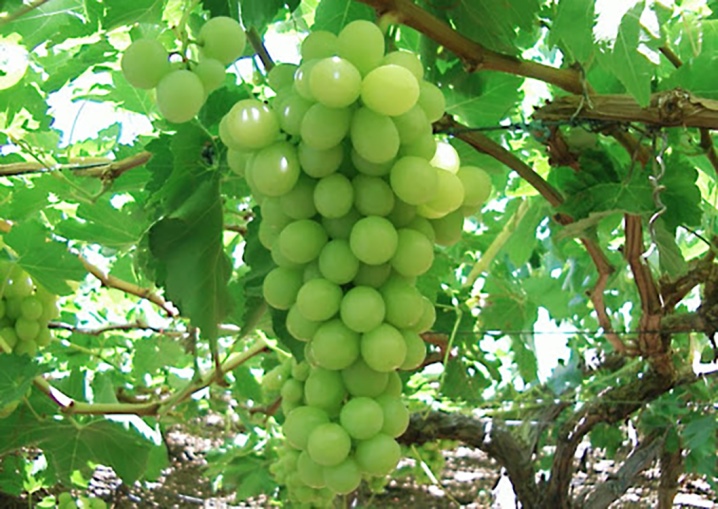
The need for a procedure
Before grafting grapes, it is important to understand why this procedure is needed at all. Experienced gardeners know that grafting helps rejuvenate old grapes. The plant resists disease and insect attacks better. Therefore, you have to spend less time caring for it.

Besides, grafting new cuttings onto an old bush can change its characteristics. After carrying out this procedure, berries of several different varieties may appear on the shoots at once. For this reason, grafting plants is very beneficial for gardeners who grow grapes in small areas.
Besides, in this way, grapes that are difficult to adapt to cold climates can be saved. To do this, the shoots of a capricious plant are grafted onto a bush that is not afraid of low temperatures. After properly vaccinated, the owner of the site can enjoy an excellent harvest of tasty and ripe berries.
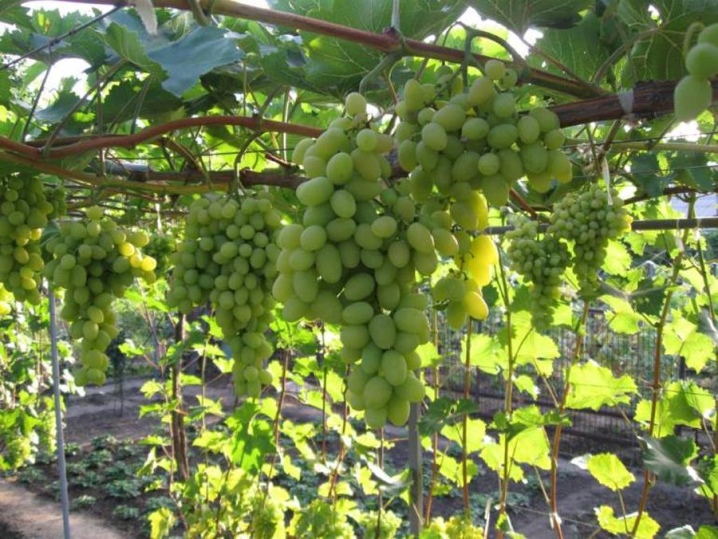
Timing
In order for the grafted cuttings to take root quickly, it is very important to carry out this procedure at the right time. As a rule, grapes are planted in April.
The choice of a specific time depends on the characteristics of the local climate. Gardeners usually wait until the air temperature rises to 15 degrees. The soil should also warm up well in the process.

What tools are needed?
To graft a plant, a gardener will need a basic set of tools.
- Gardening and grafting knives. Their blades must be sharp. This is necessary so that all the cuts are even and neat.
- Pruner. It is recommended to use a quality grafting instrument to achieve ideal results. With it, the slices can be made the same.
- Screwdriver. This tool will come in handy in the process of expanding the cleft. You can also use neatly cut wooden pegs instead.
- Polyethylene film. It is recommended to cut it into pieces before use. In this case, it will be much more convenient to wrap individual parts of the plant with it.
- Fixation tools. Twine or soft tape is usually used for this purpose. They securely fix the vine without harming the plant.
- Garden var. It is used to treat split after grafting. Its use allows you to disinfect this part of the shoot and protect it from drying out.

Various disinfectants will also come in handy. They should be used to process all instruments both before and after vaccination. This is done to protect plants from common diseases.
Preparing cuttings
Harvesting healthy cuttings, which are needed for spring grafting, are usually done in the fall. The gardener needs to choose a bush that bears fruit well. It is worth cutting off the branches that are on the sunny side of the site. They are considered to be more powerful.
Cuttings are cut with a knife or secateurs. Each of them should have several healthy eyes. The average shoot length is 10 centimeters. The cuttings should be cut evenly. It depends on this how well they will take root.

Cut cuttings must be disinfected and then dried. Then they should be wrapped with a damp cloth or cling film. After this, the cuttings should be immediately placed in a cold place. They can be stored both in the cellar and in a regular refrigerator.
The ways
There are now several basic methods of grafting young and old grapes.
Into the cleft
This is the easiest way to graft grapes. It's perfect for beginners. The split sleeve grafting process consists of four stages.
- To begin with, the site for inoculation must be cleaned of foliage, and then wipe the trunk with a disinfectant solution.
- The top of the vine must be cut so that the distance between the cut and the extreme knot is no more than five centimeters. Further, just below the cut, you need to make a small longitudinal split.
- Inside it is necessary to insert a stalk prepared in advance.
- Next, this part of the vine must be tied up and well moistened. After a while, the mount should be removed.
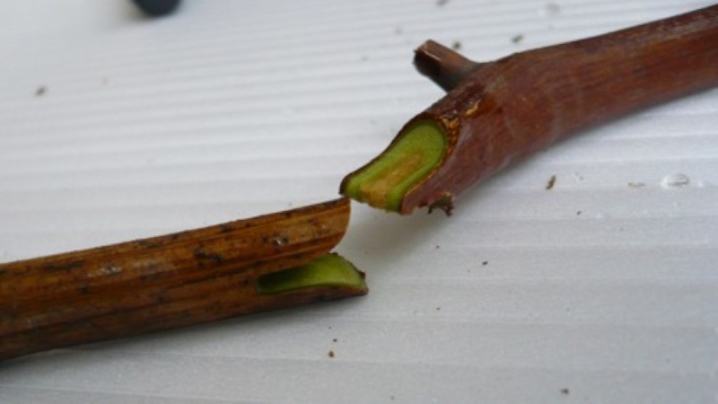
Most grape varieties can be grafted "black in green". If you do everything correctly, there will be no problems with grafting the plant.
Into the semi-cleavage
This method of vaccination is not much different from the previous one. Grafting plants using this scheme is also quite simple. Grafting grapes "black in black" involves working with a cuttings harvested in the fall and an old trunk.
First, you need to make a small hole in the trunk. Insert a hardwood wedge into this slot. At the end of the cuttings prepared in advance, a sharp triangle must be cut out. It must be carefully inserted into the hole made in the base of the barrel. After that, the wooden wedge must be removed from the stem. The handle must be carefully secured.
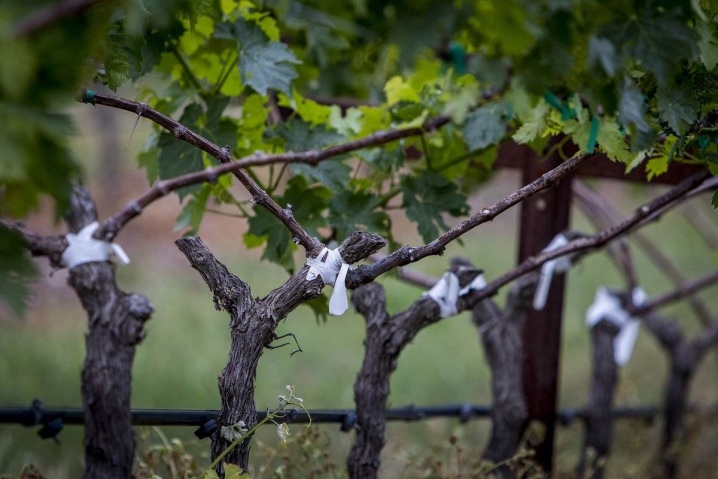
Back to back
To carry out this procedure, the seedling used for the rootstock is grown separately. Before inoculation, it is carefully cut off. Both the scion and the stock should be even and healthy. A thin peg should be cut out of the hardwood before grafting. One end of it must be injected into the stock. On the other hand, a scion is planted on it.
The attachment point must be wrapped with cotton wool dipped in a solution of ordinary potassium permanganate. From above, this section can be additionally wrapped with a layer of paper. The base of the branch must be additionally sprinkled with wet sawdust and covered with foil.
When green buds appear on the branches, you can get rid of the film.

In the butt
Inoculation in the butt is one of the most reliable methods of grafting a bush. For the procedure, you need to use a stalk, the thickness of which is equal to the thickness of the stem.
An incision must be made on the handle, cutting out one of the buds in the process. The same cut is made on the shoot of the bush to which the cutting is grafted. There will be a small pocket on the stem. A processed stalk is inserted into it.
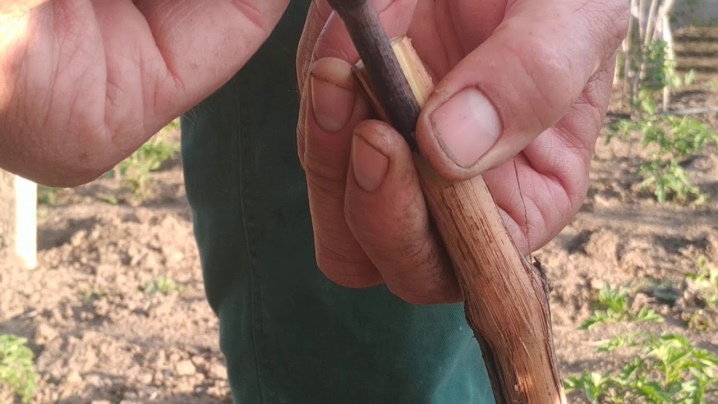
The attachment point must be bandaged. The ribbons should be located just below and just above the eyelet. Only a few green leaves should remain above the site of this grafting. It is recommended to pinch the top, and remove the stepsons. In this case, all nutrients will flow to the cut site. Therefore, the stalk will take root better.
Drill
Drilling grafting is also quite popular among gardeners. This process can be divided into four stages.
- The first step is to disinfect the drill with potassium permanganate.
- Further, in the wide part of the vine, you need to make a shallow hole.
- It is necessary to place the handle in it with a neat movement. It is important that it does not fall out of this hole.
- Next, the edges of the cutting should be carefully sprinkled with shavings and slightly moistened. After that, the attachment point must be covered with polyethylene.
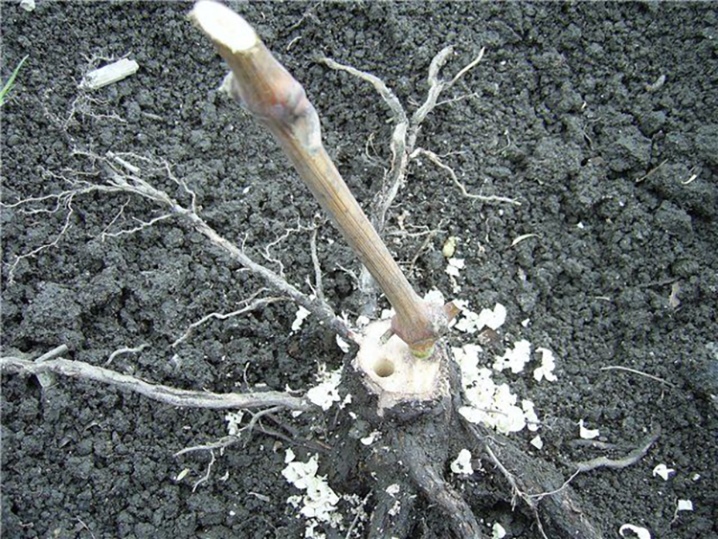
This vaccination is recommended at the end of April.
In the bole
This method allows you to graft several grape varieties on one bush at once. It is also called root grafting or blackhead grafting. Usually this grafting method is used to rejuvenate grapes.

In the work, it is worth using cuttings that already have at least three buds. The process of their vaccination is as follows.
- To begin with, the trunk of the bush must be cut and cleaned of old bark. After that, it must be thoroughly wiped with a damp cloth.
- The part of the plant that is above the ground should be cut with a sharp garden knife.
- Having prepared the stem in this way, you need to make several slots on it, into which the cuttings will be placed. The size of each of them should be within 5 centimeters.
- In each of the prepared splits, you need to insert the prepared cutting. Next, they must be secured with twine, and then wrapped with damp paper and covered with moistened earth.
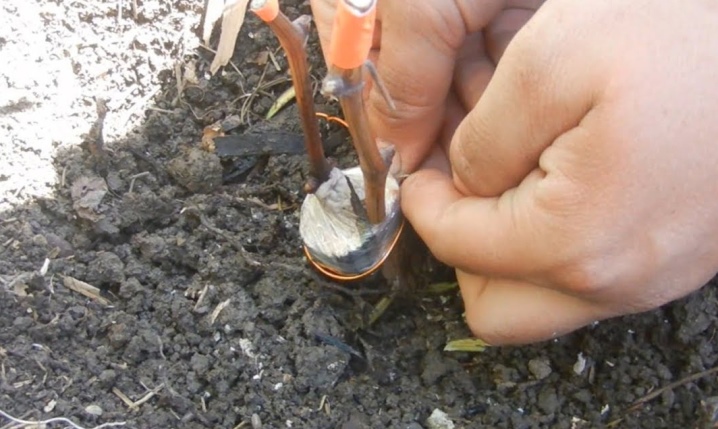
It is worth planting in this way in early spring. After inoculation, the stem can be coated with clay. It is important not to touch the grafts in the process.
Possible mistakes
In order not to harm the plant during vaccination, it is important to remember the mistakes that beginner gardeners sometimes make.
- Using incompatible rootstock and cuttings. For a successful graft, it is important to use plants that bloom and bear fruit at the same time. Otherwise, the grafted bush may well die.
- Improper care after vaccination. In order for the plant to feel good after grafting, the soil around the trunk must be loosened and watered. If the soil on the site is poor, the grapes should be fed regularly.
- Incorrect storage of cuttings. Very often, the grafting fails due to the fact that the cuttings harvested in the fall dry up. To prevent this from happening, young shoots must be tightly wrapped in film or dipped in paraffin.
- Uneven cuts. If you cut off the shoots with a poorly sharpened tool, their junction will be uneven. Because of this, the stalk will most likely not take root.
Following simple tips, even a novice gardener can easily plant grapes.
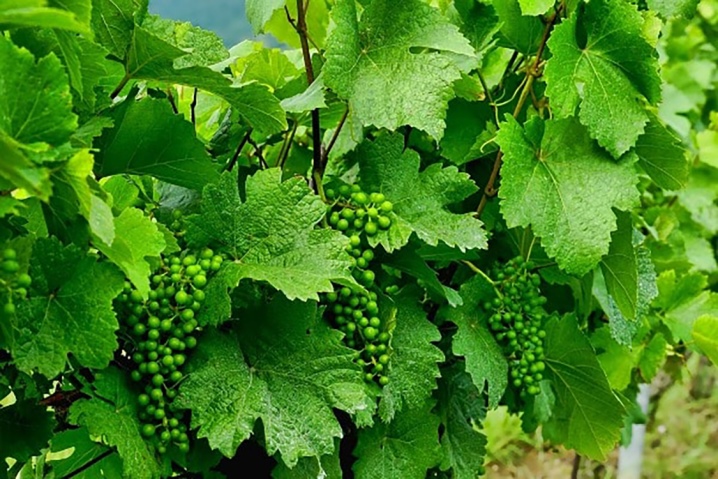






The comment was sent successfully.